Apr 3, 2017 | Demography
By Roman Hoffmann, Wittgenstein Centre for Demography and Global Human Capital (IIASA, VID/ÖAW and WU), Vienna Institute of Demography, Austrian Academy of Sciences
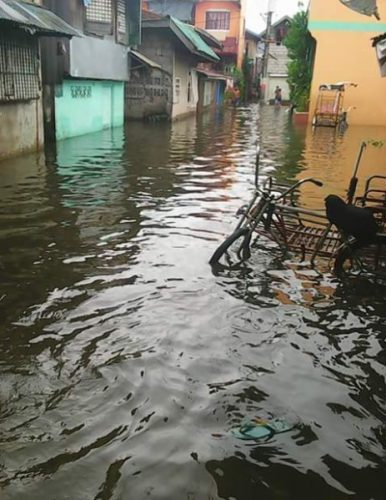
Flooded street in Meycauayan, Bulacan, Philippines (credit: Kasagana-Ka Development Center Inc., 2016 )
Floods, droughts, and tropical storms have significantly increased, both in frequency and intensity in recent years. The burden of these events—both human and economic—falls in large part on low and middle-income countries with high exposure, such as coastal and island nations. In a recent study, with IIASA researcher Raya Muttarak, we found that education significantly contributes to increasing disaster resilience among poor households in the Philippines and Thailand, two countries which are frequently affected by natural calamities.
In these countries, public disaster risk reduction is important, yet public measures, such as investments in structural mitigation for large buildings or infrastructure, implementation of early warning systems, or planned evacuation routes and shelters, may not be enough to sufficiently protect communities from the devastating impacts of natural calamities. In addition, the undertaking of individual preparedness measures by households, such as stockpiling of food and water, strengthening of house structures, and having a family emergency plan, is crucial. Yet, even in areas which are heavily exposed to disasters, people often do not take any precautionary measures against environmental threats.
How people can be motivated to take precautionary action has been a fundamental question in the field of risk analysis. In the new study, which was based on face-to-face interviews in both Thailand and the Philippines, we found that prior disaster experience, which is influenced by geographical location of the home, is one of the key predictors of disaster preparedness. For those who were affected by a disaster in the recent past, education does not seem to play a significant role—they have already learned by experience. However, among those who had not previously been affected, educational attainment becomes a key determinant. Even without having experienced a disaster, the educated are more likely to make preparations. In fact, educated people who haven’t experienced a disaster have preparedness levels that are as high as those of households who were only recently affected. Since education improves abstract reasoning and abstraction skills, highly educated individuals may not need to experience a disaster to understand that they can be devastating. This suggests that education, as a channel through which individuals can learn about disaster risks and preventive strategies, may effectively serve as a substitute for (often harmful) disaster experiences as a main trigger of preparedness actions.
In additional analyses, we investigated through which channels education promotes disaster preparedness by looking at the relationship between education and different mediating factors such as income, social capital and risk perception, which are likely to influence preparedness actions. We found that how education promotes disaster preparedness is highly context-specific. In Thailand, we found that the highly educated have higher perceptions of disaster risks that can occur in a community as well as higher social capital (measured by engagement in community activities) which in turn increase disaster resilience. In the Philippines, on the other hand, it appears that none of the studied mediating factors explain the effect of education on preparedness behavior.

Emergency shelter, San Mateo, Rizal, Philippines (credit: Kasagana-Ka Development Center Inc., 2013 )
Certainly, it remains important for national governments to invest in disaster risk reduction measures such as early warning systems or evacuation centers. However, our study suggests that public funding in universal education will also benefit precautionary behavior at the personal and household level. In line with recent efforts of the UN to promote education for sustainable development, our study provides solid empirical evidence confirming the important role of education in building disaster resilience in low and middle-income countries.
Reference
Hoffmann, R. & Muttarak, R (2017). Learn from the past, prepare for the future: Impacts of education and experience on disaster preparedness in the Philippines and Thailand. World Development [doi:10.1016/j.worlddev.2017.02.016]
This article gives the views of the author, and not the position of the Nexus blog, nor of the International Institute for Applied Systems Analysis.
Feb 8, 2017 | Risk and resilience
By Junko Mochizuki Research Scholar, Risk and Resilience Program
After a 9.0 magnitude earthquake and subsequent tsunamis struck the northeast of Japan on March 11, 2011, large-scale destruction of the coastal communities, including nuclear accidents, turned into a political maelstrom. Debates over the country’s alternative energy futures became intense; worries over ailing energy infrastructure, public safety, and the lack of transparency and accountability led to the most extensive restructuring of its power sector in the country’s recent history.
Against this backdrop, renewable energy was heralded as one of the important solutions: A new nation-wide Feed-in-Tariff (FIT) was introduced in July 2012, replacing the Renewable Portfolio Standard (RPS), which many had perceived, until then, as largely inadequate.
Nearly six years have passed since. Japan’s reconstruction, originally envisioned to last for 10 years, is now in its latter phase. The coastal communities are slowing recovering, with many focused on the idea of ”building back better.” We now hear less about the country’s energy future in the national and international media. But less documented is how well these communities are performing in terms of the ambitious reconstruction plans that they had proposed.
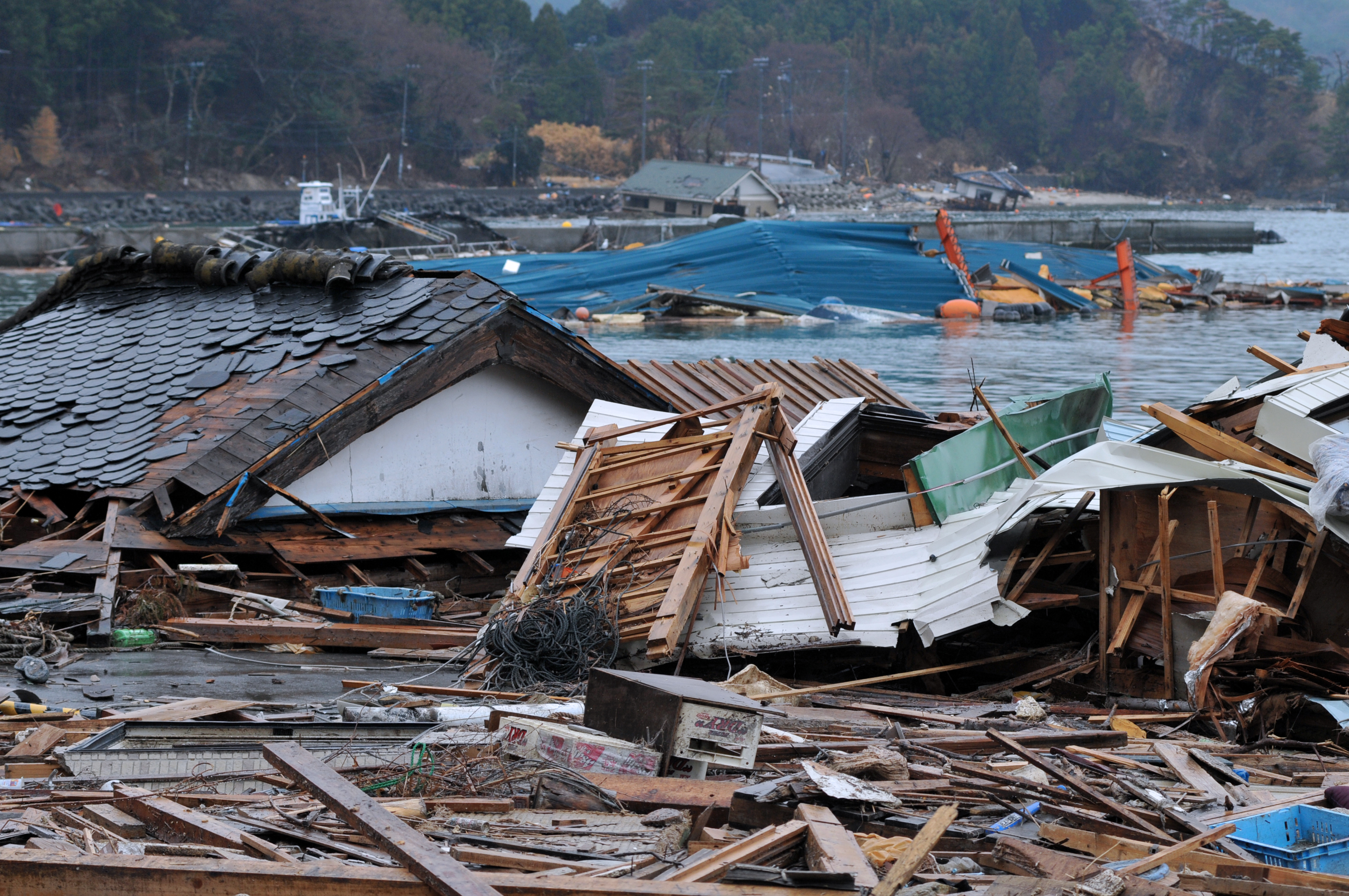
The 2011 earthquake, tsunami, and nuclear disaster led to major destruction in Northeast Japan. But did it also bring an opportunity to “build back better?” ©mTaira | Shutterstock
This was the context in which my colleague Stephanie E. Chang and I began our research titled Disaster as Opportunity for Change, recently published in the International Journal of Disaster Risk Reduction. We evaluated renewable energy transition trends in the 30 coastal communities in Tohoku, Japan from 2012-2015. We focused on energy transition as one measurable dimension of ”building back better (BBB),“ because this is a popular concept that is often talked about, but rarely analyzed through empirical modelling.
In this study, we sought to answer three simple questions. First, are the disaster-affected regions really “building back better?” Have they introduced more renewable energy than the rest of Japan?. Second, why did some communities achieved greater renewable energy transition than others during recovery? Third, what was the role of government policy? We were interested in answering these questions through quantitative analysis, instead of an in-depth case study, since such in-depth analyses are rare in the field of disaster recovery.
In a reconstruction study, we typically need about 10 or more years to make major conclusions. Since we did our study in year six, this study doesn’t provide the final answer, but rather whether the disaster led to opportunity to build back better.
Our research indicated some clues in answering the above three questions, but many puzzles remain. First, it was clear that the disaster-affected regions achieved a greater transition to renewable energy, particularly in both small and mega-solar adoption. Other renewables including wind and geothermal are lagging due to many factors such as more complex approval processes. We focused our analysis on energy transition, measured in terms of per capita approved renewable capacity, as opposed to indicators such as installed capacity or power generated, since the latter depend on many factors such as the readiness of grid systems in accommodating intermittent renewables.
We also found that the relationship between a transition to renewable energy and the extent of disaster damage, and other post-disaster changes such as number of houses being relocated, appears to be non-linear. This means that the destruction caused by disasters, and subsequent decisions to relocate population, provided at least some momentum for wider societal change. Clearly, when communities experience very large destruction or extensive change such as land-use adjustment, this can overwhelm the local capacity to implement broader changes such as major investments in renewable energy. Balancing competing reconstruction demands is, therefore, an important policy question that must be dealt with, most ideally, prior to any large-scale disasters.
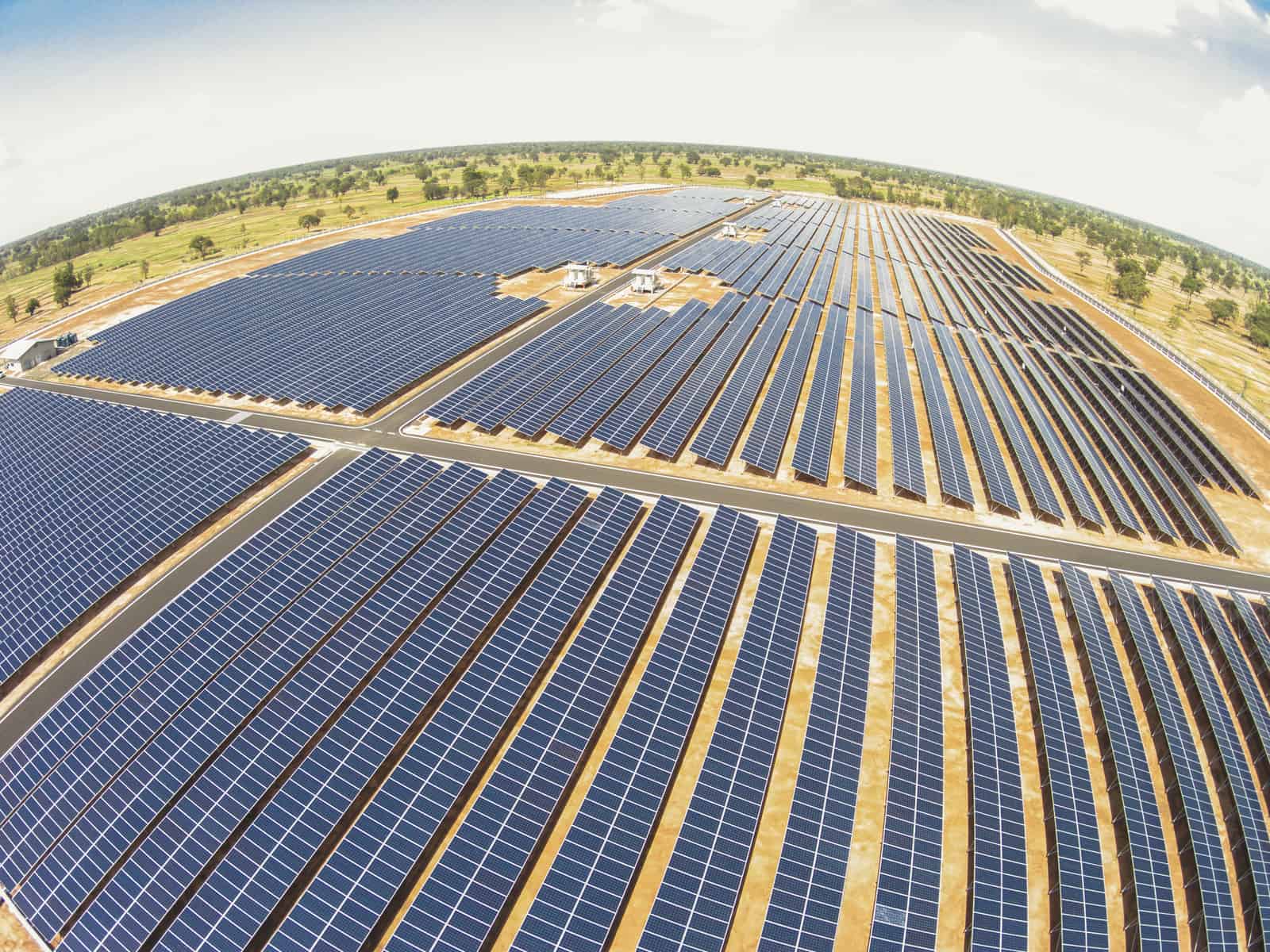
Japan is building mega solar installations like this one in the region affected by the tsunami and earthquake ©SE_WO | Shutterstock
Third, our results remain somewhat inconclusive as to the contribution of government policy. Counter-intuitively, communities having renewable energy plans prior to 2011 adopted significantly less solar energy after the Tohoku disaster. Statistical modeling such as ours tells little about how different aspects of national and prefectural policies have fostered or hindered local energy transitions and these are better answered through other means such as in-depth interviews.
Overall, we find potentially complex drivers of “building back better” and we hope that this study motivates further systematic studies of societal change in the context of post-disaster reconstruction. Of course, a better articulation of what policies work in promoting change and why will also help foster the sustainability transition even without the impetus of a disaster.
Reference
Mochizuki J & Chang S (2017). Disasters as Opportunity for Change: Tsunami Recovery and Energy Transition in Japan. International Journal of Disaster Risk Reduction DOI:10.1016/j.ijdrr.2017.01.009. (In Press)
This article gives the views of the author, and not the position of the Nexus blog, nor of the International Institute for Applied Systems Analysis.
Nov 10, 2016 | Risk and resilience
By Wei Liu, IIASA Risk and Resilience and Ecosystems Services and Management programs
Disasters caused by extreme weather events are on the rise. Floods in particular are increasing in frequency and severity, with reoccurring events trapping people in a vicious cycle of poverty. Information is key for communities to prepare for and respond to floods – to inform risk reduction strategies, improve land use planning, and prepare for when disaster strikes.
But, across much of the developing world, data is sparse at best for understanding the dynamics of flood risk. When and if disaster strikes, massive efforts are required in the response phase to develop or update information. After that, communities have an even greater need for data to help with recovery and reconstruction and further enhance communities’ resilience to future floods. This is particularly important for the Global South, such as the Karnali Basin in Nepal, where little information is available regarding community’s exposure and vulnerability to floods.
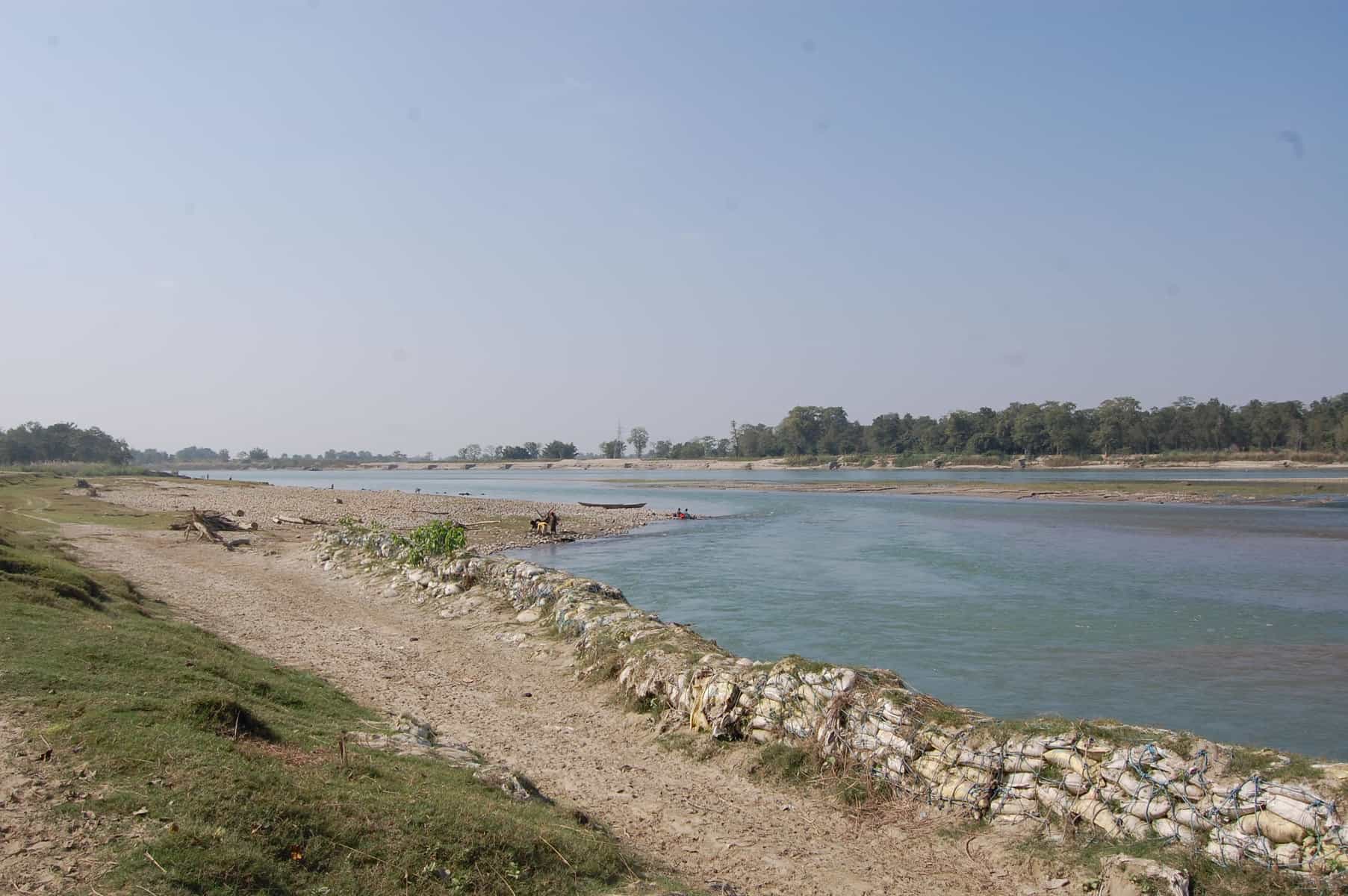
Karnali Basin in Nepal © Wei Liu | IIASA
That’s why we are working with Practical Action in the Zurich Flood Resilience Alliance to try to remedy this situation. Participatory Vulnerability and Capacity Assessment is a widely used tool to collect community level disaster risk and resilience information and to inform disaster risk reduction strategies. One of our first projects was to digitize a set of existing maps on disaster risk and community resources where the locations of, for example, rivers, houses, infrastructure and emergency shelters are usually hand-drawn by selected community members. Such maps provide critical information used by local stakeholders in designing and prioritizing among possible flood risk management options.
From hand-drawn to internet mapping
While hand-drawn maps are ideal for working in remote rural communities, they risk being damaged, lost, or simply unused. They are also more difficult to share with other stakeholders such as emergency services or merge with additional mapped information such as flood hazard. With the recent increase in internet mapping, platforms such as OpenStreetMap have made it possible for us to transfer existing maps or capture new information on a common platform in such a way that anyone with an internet connection can add, edit, and share maps. As this information is digital, it makes it easier to perform additional tasks, such as identifying households in areas of high risk or measuring the distance to the nearest emergency shelter, to support effective risk-reduction and resilience-building.
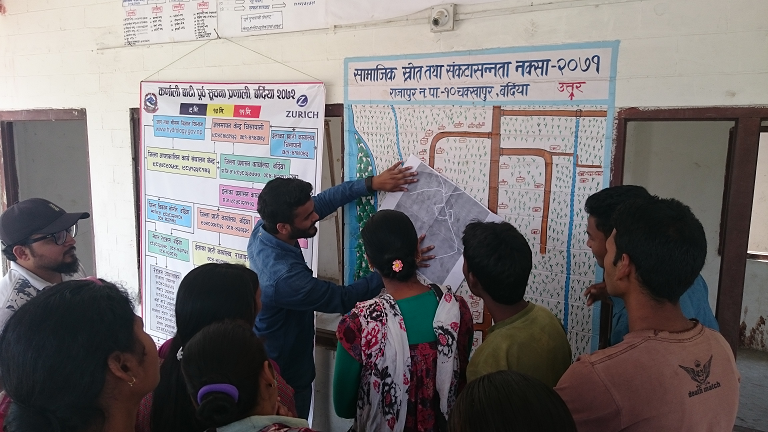
Practical Action Nepal, the Center for Social Development and Research, and community members discuss the transfer of community maps to online maps © Wei Liu | IIASA
From theory to practice
In March 2016, the Project team travelled to two Nepal communities in the Rajapur and Tikapur districts, to pilot the idea of working with a local NGO (the Center for Social Development and Research) and community members, to transfer their maps into a digital environment. The latter can easily be further edited, improved and shared within a broad range of stakeholders and potential users. Local residents in both communities were excited seeing their households and other features for the first time overlaid on a map with satellite imagery. The Center for Social Development and Research was also very enthusiastic about integrating their future community mapping activities with digital mapping, without losing the spirit of participation.
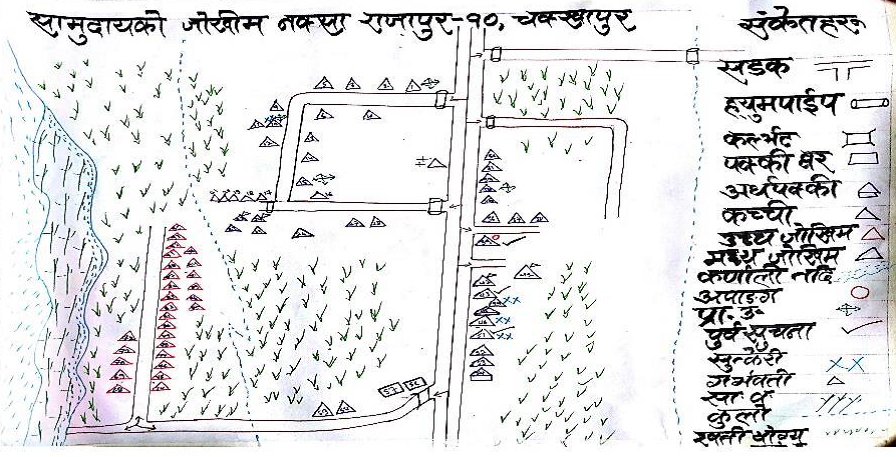
Hand drawn maps produced from community mapping exercises in Chakkhapur, Nepal © Practical Action
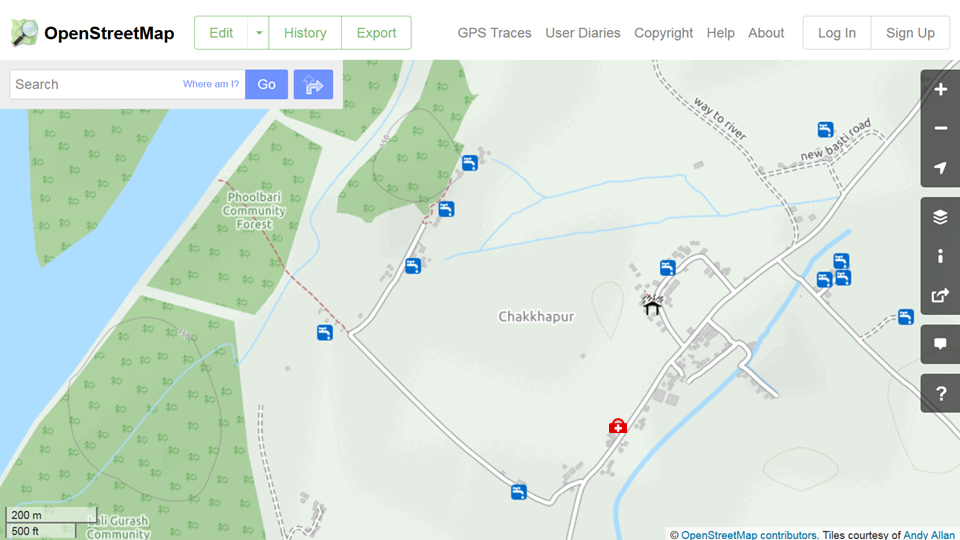
The resulting online maps in OpenStreetMap of Chakkhapur, Nepal, showing the location of drinking water, an emergency shelter and medical clinic. ©OpenStreetMap
Increasing resilience through improved information management
The first stage pilot study in the Karnali river basin confirmed the great potential of new digital technologies in providing accurate and locally relevant maps to improve flood risk assessment to support resilience building at the community level. The next step is to further engage local stakeholders. A wider partnership has been established between Practical Action, the Center for Social Development and Research, the International Institute for Applied Systems Analysis and Kathmandu Living Labs to further build local stakeholders’ capacity in mapping with digital technologies, including a training workshop for NGO staff members in September, 2016. The plan is to have more communities’ flood risk information mapped for designing more effective action plans and strategies for coping with future flood events across the Karnali river basin. A greater potential can be realized when this effort is further scaled up across the region and the results are placed into shared open online databases such as OpenStreetMap.
Further information
- Flood Resilience Portal
- Geo-Wiki Risk
- McCallum, I., Liu, W., See, L., Mechler, R., Keating, A., Hochrainer-Stigler, S., Mochizuki, J., Fritz, S., Dugar, S., Arestegui, M., Szoenyi, M., Laso Bayas, J.C., Burek, P., French, A. and Moorthy, I. (2016) Technologies to Support Community Flood Disaster Risk Reduction. International Journal of Disaster Risk Science, 7 (2). pp. 198-204. http://pure.iiasa.ac.at/13299/
Note: This article gives the views of the author, and not the position of the Nexus blog, nor of the International Institute for Applied Systems Analysis.
May 4, 2016 | Risk and resilience
By Junko Mochizuki, Research Scholar, IIASA Risk and Resilience Program
Experts in the field of emergency management like to emphasize that there are important “lessons learned” in the aftermath of disaster situations. After large disaster events such as the 2015 earthquake in Nepal, and 2013 super typhoon Yolanda in Philippines, forensic investigations are often conducted to reveal ”what went wrong” in the chains of command, identifying what we can do differently when the next big one strikes. Such forensic investigations are not only relevant for the field of emergency management, but also for the field of disaster and climate risk management, which seeks to identify the underlying causes of what went wrong in the long chains of developmental policy intervention.
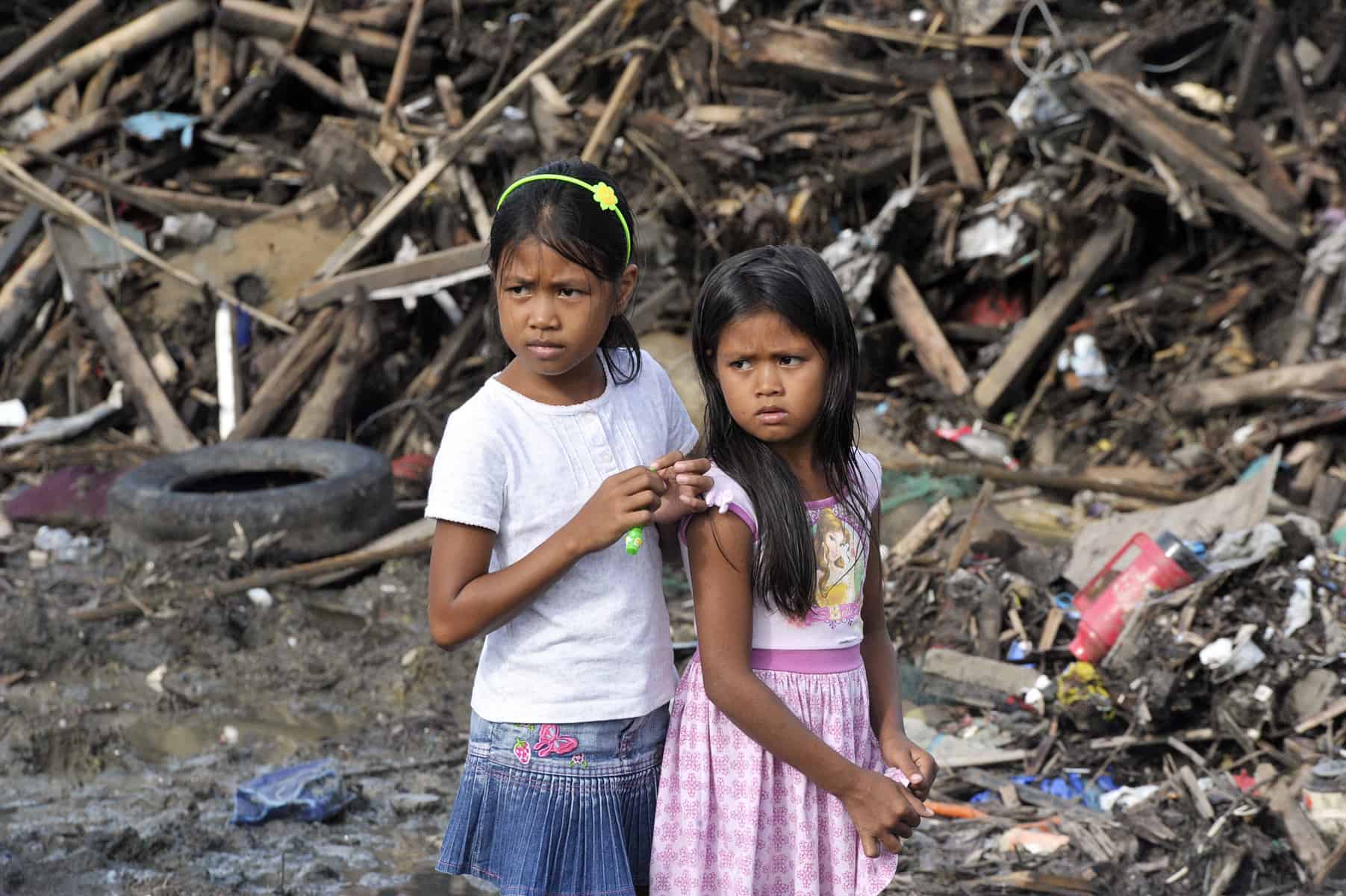
Survivors of Super Typhoon Yolanda in Tacloban City, Philippines, 2013. (cc) UN Photo/Evan Schneider
Over the years, researchers have identified a number of root causes that increase disaster risk—such as weak building codes and land use policy enforcement and overemphasis on ex-post emergency response as opposed to proactive management of disaster risk. Also, decades of economic studies looking at the costs and benefits of risk reduction investment show that such investment often pays off in the longer run. Yet, as the recent global trends of rising disaster risk unfortunately testify—we are far from learning these lessons effectively, or at least fast enough to beat the rising risk posed by future climate change: Global annual average disaster loss is estimated to have risen to approximately $300 billion in 2015 according to the UN Office for Disaster Risk Reduction (UNISDR).
As the special representative of the secretary general for disaster risk reduction, Robert Glasser wrote in the Guardian last week, “Every time there’s a mega disaster, there are lessons learned… The key question is always, how do you keep up the awareness after a couple of years?”
That is why the IIASA Risk and Resilience program’s research is increasingly focused on cognitive, behavioral, and governance aspects of societal learning on disaster risk reduction. We are currently working with public, private, and civil society stakeholders, asking the questions of why we, as a collective society, continue to fail to act on these lessons learned in disaster risk management and what we can do to change it. By combining both quantitative and qualitative systems analysis approaches, we are untangling why we make decisions the way we do, and what processes and institutional mechanisms directly and indirectly affect disaster risk and developmental outcome over the long term.
Given that catastrophic disasters are by definition rare events (hence opportunities for learning is naturally limited), we are doing this using novel methods such as participatory gaming or policy exercises in which we create virtual opportunities for stakeholders to experience complex decision-making in a safe learning environment. By creating stylized context for common decision-making (such as rural farmers making longer-term decisions on livelihood diversification, or urban planners addressing rising disaster risk due to rapid population growth), these gaming spaces serve as mechanisms through which stakeholders can not only learn about their cognitive and behavioral assumptions, but also through which learning can be accelerated, repeated, and shared among different communities facing similar development and disaster risk reduction challenges. We are running such policy exercises in the context of our flood resilience project and internal gaming project .
Decades of research have shown that there are common global lessons on development and disaster risk reduction but they are not so easily learned in practice. It is too often that that the windows of opportunities for policy learning are limited and we continue with business-as-usual of “lessons unlearned.” Creating an enabling environment for iterative learning is no easy task under these pragmatic constraints, but we hope that a bit of creativity and lots of hard work will eventually pay off in the long run.
Note: This article gives the views of the author, and not the position of the Nexus blog, nor of the International Institute for Applied Systems Analysis.
Feb 15, 2016 | Climate Change, Risk and resilience
By Thomas Schinko, IIASA Risk, Policy and Vulnerability Program
Climate change is projected to disproportionately affect people in developing countries, through extreme weather events and slow onset events such as rising sea levels. Because the countries most affected by climate change are also those who contributed the least to the problem and with the least capacities to cope, one of the major issues in recent climate negotiations has been how to support those nations’ efforts to adapt and to address climate impacts beyond adaptation.
To address this problem, in 2013 the United Nations Framework Convention on Climate Change (UNFCCC) established the Warsaw International Mechanism (WIM) for Loss and Damage Associated with Climate Change Impacts (WIM).
Yet at the Paris climate talks in December, the future of the WIM was in limbo. The Global South argued for loss and damage to be a key part of an eventual agreement, while the Global North argued for including it under the adaptation agenda. In the end, the Paris agreement quite prominently featured loss and damage. However the Global North’s fears of signing up to a mechanism that makes them liable for unlimited damage claims in the future have been addressed by adding a specific paragraph to the agreement stating, “the agreement does not involve or provide a basis for any liability or compensation.”

A flood in Bangladesh in 2009. Flooding is project to increase with climate change, yet arguments remain about attributing specific events to the influence of climate change. Photo Credit: Amir Jina via Flickr
Building on this reconfirmed support for the mechanism, the second meeting of the Executive Committee of the WIM was held 2–5 February 2016, in Bonn, Germany. The main purpose of the meeting was to give an update on the delivery of specific activities and to consider relevant requests arising from COP21. The Paris agreement requests the establishment of (1) a clearinghouse for risk transfer to facilitate the implementation of comprehensive risk management strategies and (2) a task force to address displacement issues. On the first issue, discussions have focused on the need to move beyond focusing solely on risk transfer and the link between current disaster risk management practice and climate adaptation as there are important overlaps.
As an observer, I could feel the presence of team spirit among the committee members, all honestly committed to help the most vulnerable people. Yet one issue remained hotly debated: the degree to which anthropogenic climate change can be blamed for natural disasters and extreme weather events. I saw a strong divide between committee members from the Global North and South and between those with a strong background in disaster risk management in contrast to those coming from a climate change background. Nevertheless, even in that regard I see a good chance for a joint vision to emerge, if we can distinguish two levels of the loss and damage discourse: the practical implementation on the ground vs. the political dimension.
On the practical implementation side, a pragmatic compromise became palpable: Building on decades of experience in disaster risk management related to weather extremes and the climate variability, it was identified as an entry point to deal with current and future climate risks – whether they are triggered or intensified by climate change or not. The political level, which circles around climate finance and the question of who is going to pay for losses and damages is quite another matter. Here the anthropogenic element is existentially important, as it builds the foundation for international support under the UNFCCC. If reference to anthropogenic climate change is left out of the loss and damage discourse, the UNFCCC might lose its mandate for support, as disaster risk management falls under national responsibility. Once this door closes it could remain shut, though another one might open (e.g. via civil law).

Women in Thata, Pakistan line up for water following 2010 floods. Photo Credit: Asian Development Bank via Flickr
To overcome the political barriers and to build upon the convergence with respect to the short-term practical implementation, we suggest to foster an iterative and comprehensive risk management approach, linking risk prevention, risk reduction, risk retention, risk transfer, as well as ex-post relief and reconstruction to effectively tackle different layers of climate risks.
However, it is important not to lose track of climate change as a risk driver, by consequently screening new scientific and empirical insights. This is crucial, as future risks might substantially increase due to climate change, requiring an iterative adaptation of current practices and support by the international community.
To support such an approach, rigorous scientific input, bringing together researchers from various disciplines, practitioners, NGOs, and policy makers is crucial. Together with international partner institutions, in November 2015 we initiated a scientific hub on loss and damage to provide such input. The envisaged clearinghouse for risk transfer and the task force for climate-related displacement could become key recipients for information generated by our network, packaged with further information and distributed to make it actionable; particularly addressing the needs of the most vulnerable developing countries.
Note: This article gives the views of the author, and not the position of the Nexus blog, nor of the International Institute for Applied Systems Analysis.












You must be logged in to post a comment.